When Breakdowns Turn into Crises
Anyone responsible for keeping industrial operations moving knows the gut-punch of a crane that suddenly stops. Production grinds to a halt, workers are sidelined, and every minute lost carries a price tag. In some New Jersey facilities, that figure can reach $7,000 an hour. Downtime isn’t just expensive — it’s disruptive, demoralizing, and sometimes dangerous. For managers tasked with balancing output, safety, and cost, the constant question is how to keep overhead cranes reliable enough that operations don’t collapse under the weight of a single failure.
What Happens When Overhead Cranes in NJ Go Without Inspections and Preventative Maintenance?
The financial impact of downtime is clear, but the ripple effects go further. A failed limit switch can cause a dropped load. A worn brake pad can put operators at risk. A corroded wire rope can snap under tension, turning into a catastrophic accident. Without regular service, these failures aren’t theoretical — they are inevitable. The stakes go beyond repair bills: productivity stalls, compliance records suffer, and people get hurt.
That’s why the central thesis of this discussion is direct: only a comprehensive service program — combining disciplined inspections with preventative maintenance — can ensure peak performance and protect businesses from costly downtime. SISSCO has built its service model around this principle, not as an abstract promise, but as a necessity proven by decades of real-world outcomes in overhead crane service NJ.
Comprehensive Service Means Covering the Full Lifecycle
The first step to solving downtime is to redefine what “service” actually means. Too many companies wait for cranes to break and then call for help. That reactive approach guarantees repeated crises. Comprehensive service, by contrast, is about controlling the crane’s entire lifecycle — from installation and modernization to inspections, maintenance, and emergency response.
SISSCO’s capabilities illustrate this standard. Our teams design and build bridge cranes, jib cranes, gantry systems, workstation setups, and patented track cranes that are engineered for long-term reliability. We distribute and manufacture hoists — wire rope, electric chain, and more — that fit demanding applications. Our automation division integrates advanced controls, while our 24/7 emergency service ensures that if the unexpected does occur, facilities are not left stranded. And as an Executive Member of CMAA, every project and service follows the most current safety and performance standards.
This lifecycle view matters because downtime isn’t only about a broken part. It’s about the bottleneck that forms when a crane can’t do its job. A service partner that understands design, inspection, and repair together is the only one who can truly guarantee peak performance.
Inspections: The First Line of Defense
No crane fails out of nowhere. Warning signs are always there — unless nobody is looking. That’s the role of inspections: to reveal hidden wear and functional weaknesses before they become catastrophic.
- Daily Pre-Use Checks:Operators should look for cracked hooks, misaligned ropes, leaking fluids, or faulty limit switches before a shift starts. It only takes minutes, but skipping these steps can lead to hours of downtime and preventable accidents.
- Frequent Monthly Inspections:Documented by designated personnel, these cover operating mechanisms, brakes, hoist ropes, and bridge components. Written records not only catch issues early but create accountability and a traceable history of crane health.
- Annual Periodic Inspections:Carried out by qualified crane technicians, these go far deeper — structural members, drums, sheaves, electrical systems, and bearings are all evaluated, with load testing performed at up to 125% of rated capacity. For cranes idle more than a year, a full periodic inspection is mandatory before use.
The connection back to downtime is straightforward: inspections stop small issues from spiraling into full-blown failures. A corroded rope caught during an annual check is cheap to replace. Left unchecked, it becomes a snapped line, a lost load, and a halted operation.
Preventative Maintenance: Controlling the Clock
Where inspections reveal, preventative maintenance prevents. It is the disciplined act of replacing, lubricating, and adjusting components before they fail. Done correctly, it schedules work on your terms instead of letting breakdowns dictate the schedule.
Preventative programs include replacing ropes or pads before they reach end-of-life, maintaining warning devices and limit switches, and keeping electrical systems clean and secure. Every action extends the equipment’s lifespan while reducing the risk of surprise failures.
Safety procedures are equally critical. Before maintenance begins, cranes are landed, powered down, and locked out. Barriers and signage protect workers below. Only once all parts are checked, repaired, and re-secured is the crane returned to service. These steps take time, but they prevent far greater delays.
The connection to the thesis is clear: preventative maintenance isn’t optional overhead. It’s the mechanism that ensures a crane delivers peak performance without unplanned shutdowns. By controlling the clock, companies protect both productivity and profitability.
From Safety Risks to Safer Operations
Even the best mechanical systems fail if people use them unsafely. Nearly half of crane accidents trace back to human error — operators moving loads over personnel, ignoring balance issues, or skipping checks. Preventative maintenance and inspections reduce risks, but training completes the picture.
Proper training ensures operators understand load balance, obey safety zones, and recognize equipment limits. Pair that training with cranes inspected and maintained to standard, and the risks of downtime and accidents fall dramatically. A facility that invests in both equipment and people gains the certainty that operations will not collapse from a preventable mistake.
This human factor brings the argument full circle: comprehensive service isn’t just mechanical upkeep. It’s a strategy that protects lives, meets compliance, and prevents downtime from both equipment failure and operator error.
Keep Your Cranes from Becoming the Weak Link
Downtime isn’t just lost hours — it’s lost revenue, lost safety, and lost trust in your operation. The only way to stop it is with a full-service approach that ties inspections, preventative maintenance, and operator training into a single, disciplined program. Daily checks catch today’s hazards, annual inspections expose hidden wear, and preventative maintenance removes tomorrow’s failures before they happen. SISSCO delivers this level of care so that cranes in New Jersey facilities perform as reliably as the people who depend on them. If your crane is the backbone of your line, now is the time to protect it before it becomes your most expensive liability.



